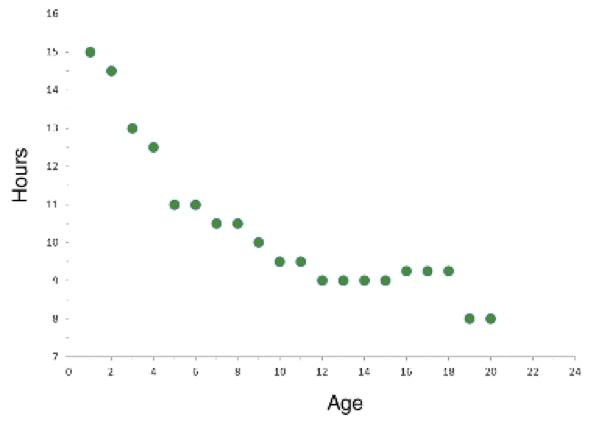

Also, keep in mind that even weak correlations can be statistically significant, as you will learn shortly.
Scatter plots negative correlation examples how to#
The table below provides some guidelines for how to describe the strength of correlation coefficients, but these are just guidelines for description. 0.2917043 Describing Correlation Coefficients For example, we could use the following command to compute the correlation coefficient for AGE and TOTCHOL in a subset of the Framingham Heart Study as follows: Instead, we will use R to calculate correlation coefficients. You don't have to memorize or use these equations for hand calculations. Where Cov(X,Y) is the covariance, i.e., how far each observed (X,Y) pair is from the mean of X and the mean of Y, simultaneously, and and s x 2 and s y 2 are the sample variances for X and Y. Nevertheless, the equations give a sense of how "r" is computed. We will use R to do these calculations for us. However, you do not need to remember these equations.

The equations below show the calculations sed to compute "r". The scatter plot suggests that measurement of IQ do not change with increasing age, i.e., there is no evidence that IQ is associated with age.Ĭalculation of the Correlation Coefficient Possible values of the correlation coefficient range from -1 to +1, with -1 indicating a perfectly linear negative, i.e., inverse, correlation (sloping downward) and +1 indicating a perfectly linear positive correlation (sloping upward).Ī correlation coefficient close to 0 suggests little, if any, correlation. The closer to -1 or +1, the more linear the relationship between the variables.The sample correlation coefficient (r) is a measure of the closeness of association of the points in a scatter plot to a linear regression line based on those points, as in the example above for accumulated saving over time. The Pearson correlation coefficient ( r), also referred to as Pearson's r, is a value between -1 and +1 that describes the linear relationship between two random variables. There are several different correlation coefficients, the most commonly used of which is the Pearson correlation coefficient. There is no correlation between being able to write in cursive and the number of fish in the ocean.Ī correlation coefficient is a numerical representation of the relationship between a pair of random variables. No correlation - There is no linear relationship between the two random variables.There is a negative correlation between speed and the amount of time it takes to get somewhere: as speed increases, it takes a shorter amount of time to get to a destination. Negative correlation - One of the random variables increases as the other decreases.There is a positive correlation between height and weight: weight increases as height increases. Positive correlation - The two random variables increase together.Note that the more closely the cluster of dots represents a straight line, the stronger the correlation. Below are examples of scatter plots showing a positive correlation, negative correlation, and no or little correlation. Scatter plots are constructed by plotting two variables along the horizontal ( x) and vertical ( y) axes. height will show a positive correlation: as height increases, weight also increases. Scatter plots are graphs that depict clusters of dots that represent all of the pairs of data in an experiment. For example, given two variables that are highly correlated, we can relatively accurately predict the value of one given the other.Ĭorrelation between two random variables is typically presented graphically using a scatter plot, or numerically using a correlation coefficient. Although correlation technically refers to any statistical association, it typically is used to describe how linearly related two variables are.Įven though correlation cannot be used to prove a causal relationship between two variables, it can be used to make predictions. Home / probability and statistics / descriptive statistics / correlation CorrelationĬorrelation is any statistical relationship between two random variables, regardless whether the relationship is causal (one variable causes the other) or not.


 0 kommentar(er)
0 kommentar(er)
